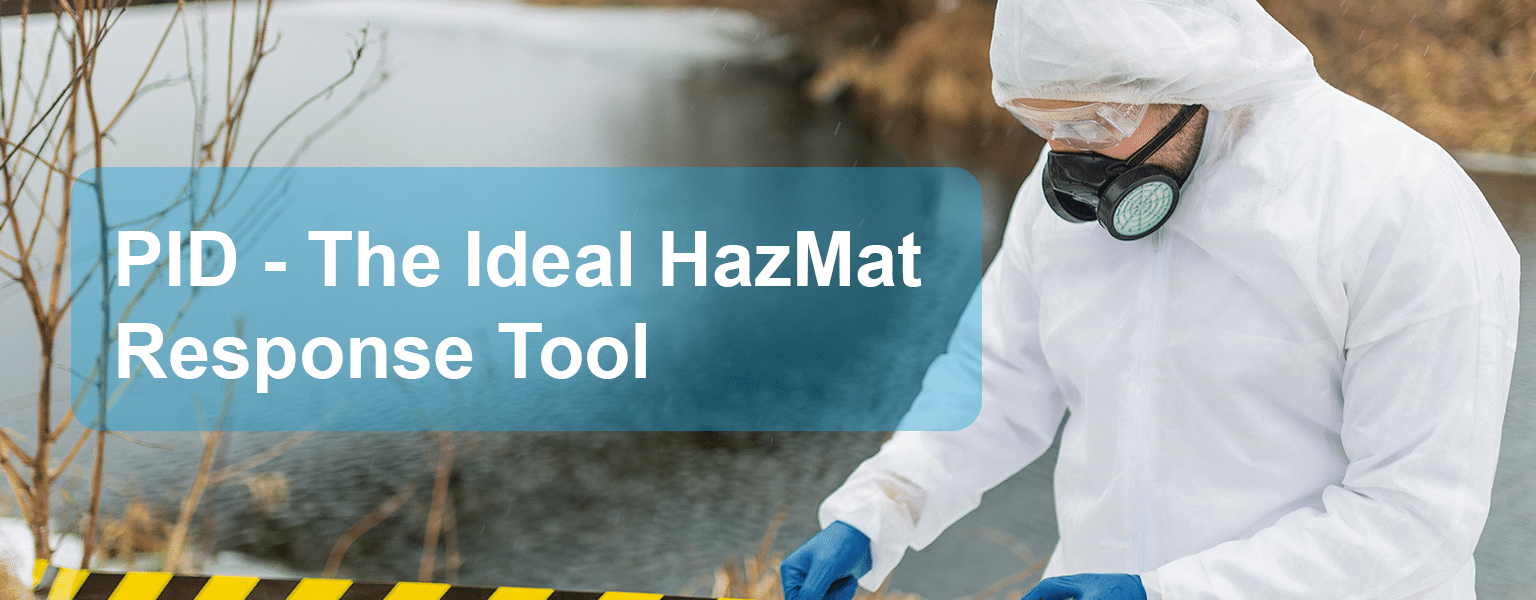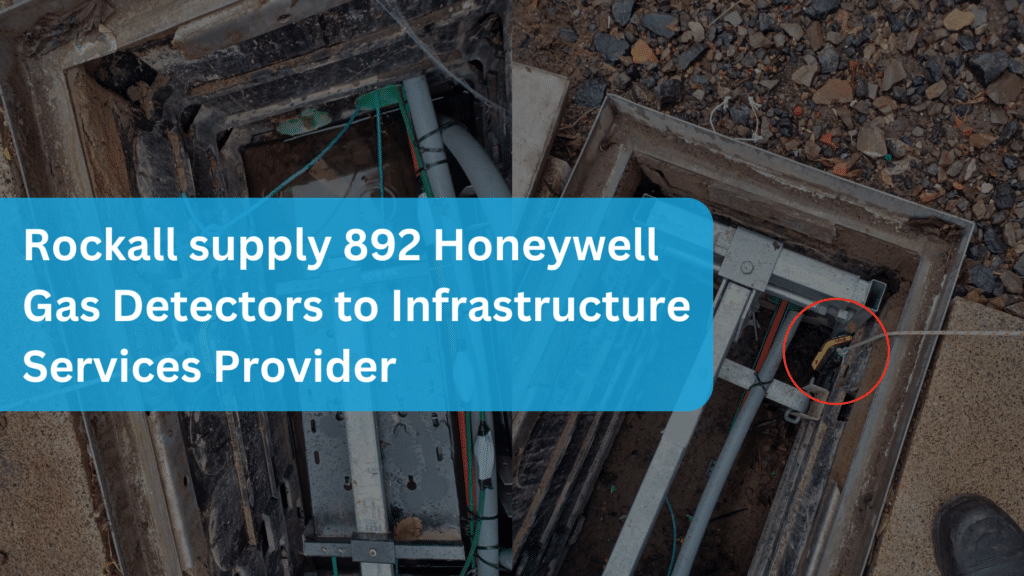
PID – The Ideal HazMat Response Tool
Photoionisation detectors (PIDs) are essential for detecting low levels of volatile organic compounds (VOCs) and other harmful gases. Since many HazMat (Hazardous Material) incidents involve VOCs, the sensitivity of PIDs to these compounds makes them invaluable for HazMat operations. They are widely used for various applications, including:
- Initial assessment of personal protective equipment (PPE)
- Detecting leaks
- Establishing and maintaining perimeters
- Delineating spills
- Managing decontamination
- Overseeing remediation efforts
Recent advancements have made PIDs more durable, reliable, and affordable, increasing their potential for use among HazMat teams as a key addition to their gas monitoring arsenal.
Common VOCs in HazMat Incidents
VOCs are chemicals that are widely used in industries and include:
- Fuels
- Oils, degreasers, heat transfer fluids
- Solvents and paints
- Plastics, resins, and their precursors
Why Not Use an LEL Monitor?
Although Lower Explosive Limit (LEL) monitors can detect flammable VOCs, they are not sensitive enough to measure toxicity. LEL sensors measure the risk of explosion rather than the chronic toxicity of gases like gasoline. For instance, while gasoline has an LEL of 1.4%, an LEL sensor may not detect dangerous vapours below 140 ppm, which is too high for accurate toxic exposure monitoring.
LEL Sensors: Limitations
LEL sensors, designed for detecting methane in coal mines, are not well-suited for detecting heavier hydrocarbons. They also struggle with measuring different gases due to variations in heat release and difficulties in vapor diffusion, particularly for substances like gasoline and diesel.
Measuring VOCs in PPM
Gas monitors today are required to detect toxic gases at parts per million (ppm) levels due to growing concerns about long-term exposure risks. While several technologies can measure VOCs, PIDs stand out as the best option for HazMat responders. Unlike colorimetric tubes, metal oxide sensors (MOS), or flame ionisation detectors (FIDs), PIDs offer continuous, accurate, and immediate feedback, making them highly effective in various scenarios.
Advantages of PIDs Over Other Technologies
- Colorimetric Tubes: Provide only snapshots and lack continuous monitoring.
- MOS Sensors: Limited sensitivity and accuracy, prone to interference from temperature and humidity.
- GC/MS: Highly accurate but too expensive, bulky, and unsuitable for continuous monitoring.
- FIDs: Non-selective, heavy, and maintenance-intensive.
PID – The Ideal HazMat Response Tool
Thanks to advances in PID technology, modern PIDs can measure VOCs from 0 to 10,000 ppm with resolution as low as 1 ppb, making them a powerful tool for detecting toxic gases like gasoline at low, potentially harmful levels. Their versatility allows them to perform crucial tasks like initial PPE assessments, leak detection, and spill delineation, as well as remediation efforts.
- Initial PPE Assessment: A PID can quickly help responders identify the presence or absence of harmful vapours, guiding appropriate PPE decisions.
- Leak Detection: By detecting concentration gradients of gas, PIDs act like Geiger counters, helping responders pinpoint leaks more effectively.
- Remediation: PIDs help determine whether further action is required when contaminants escape containment and affect soil or water.
Datalogging with PIDs
Datalogging PIDs provide critical documentation of exposure levels during HazMat incidents. Both positive and negative results can be beneficial, allowing responders to prove that an incident was properly contained or did not pose a significant risk, potentially saving time and money in legal scenarios.
Cleaning and Maintaining a PID
PIDs require periodic cleaning, especially when readings become erratic or are affected by moisture. Careful cleaning with anhydrous methanol and proper maintenance of the lamp and sensor can keep PIDs functioning effectively for the long term.
By incorporating PIDs into their toolkit, HazMat teams can benefit from accurate, continuous monitoring of VOCs, enhancing their ability to respond to dangerous incidents safely and effectively.
This article was written with support from Honeywell.





